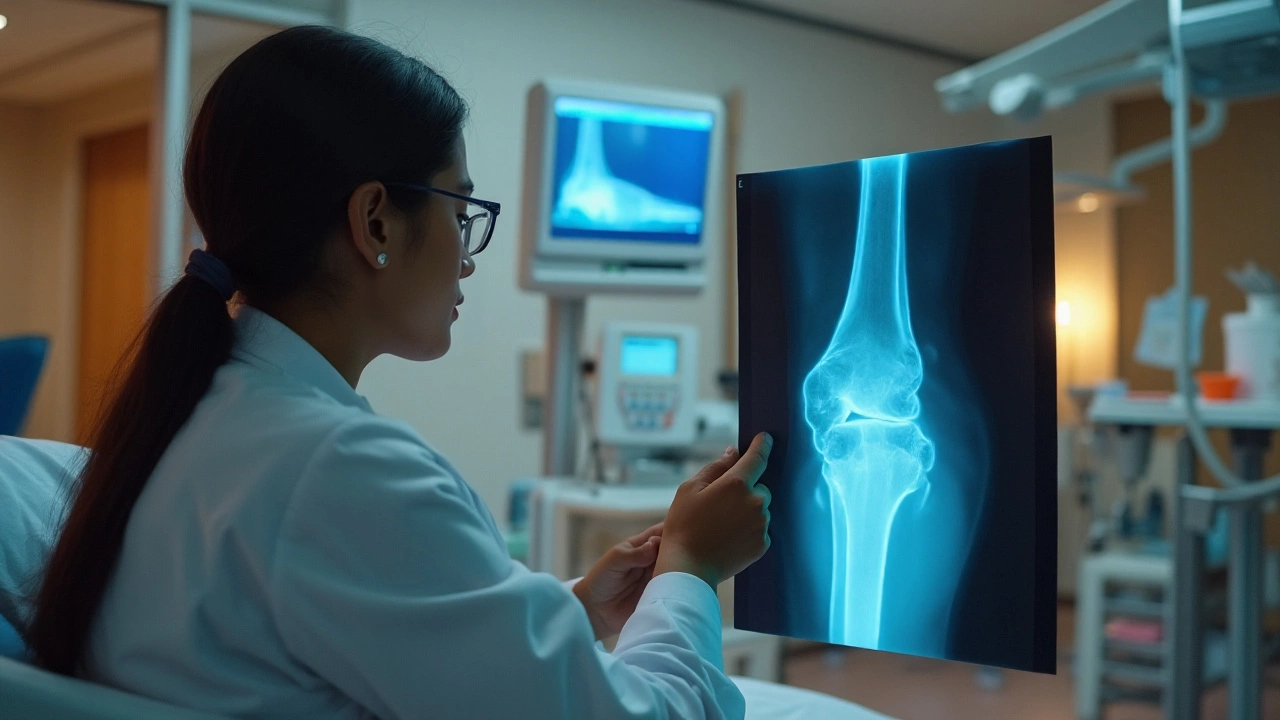Orthopedic Treatments: What Works, What Doesn’t, and How to Recover Right
When your knee, hip, or spine stops working right, orthopedic treatments, medical and physical interventions for bone, joint, and muscle injuries. Also known as musculoskeletal care, they’re not just about surgery—they’re about getting you back on your feet without lasting pain. Too many people think orthopedic care means a scalpel and a long hospital stay. But the truth? Most people heal better with the right combination of movement, timing, and smart rehab—not just another operation.
Take knee replacement recovery, the process of regaining strength and mobility after total knee surgery. It’s not just about letting the incision heal. The hardest part? Relearning how to walk without pain, fighting swelling, and beating the mental fog that comes with long-term discomfort. That’s where physical therapy, guided exercise and manual techniques to restore movement and reduce pain makes the difference. Studies show patients who start rehab within 24 hours of surgery walk faster, need fewer painkillers, and are less likely to end up back in the hospital.
And then there’s the surgical safety checklist, a standardized protocol used in operating rooms to prevent errors and infections. It’s not glamorous, but it saves lives. Every orthopedic surgeon in India should use it—checking the right limb, confirming the procedure, ensuring all tools are accounted for. It’s the difference between a smooth recovery and a preventable complication. Yet most patients never even hear about it. You have a right to ask: "Are you using the checklist?" If they don’t know what you mean, it’s time to find a better team.
Orthopedic treatments aren’t one-size-fits-all. A 25-year-old athlete with a torn ACL needs something totally different than a 70-year-old with osteoarthritis. But both need the same thing: clarity. Not hype. Not expensive supplements. Not endless MRI scans. Just the right plan, at the right time. That’s why the posts here focus on real struggles—like why knee replacement regret happens, how to avoid blood clots after surgery, and what actually helps with joint pain without drugs.
You won’t find magic cures here. No "miracle stretch" that fixes everything. Just clear, practical info from people who’ve been through it—patients and therapists alike. Whether you’re prepping for surgery, stuck in rehab, or just trying to avoid it altogether, what follows is a collection of what actually moves the needle. No fluff. No filler. Just what works, when it works, and why it matters.
-
5
Orthopedics is a branch of medicine that specializes in diagnosing, treating, and managing conditions related to bones, joints, and muscles. In this field, experts use an array of techniques from non-invasive physical therapies to surgical interventions for improving patient mobility and quality of life. Understanding what orthopedics covers is crucial for those experiencing musculoskeletal issues. From managing fractures to complex joint disorders, orthopedics provides comprehensive care tailored to individual needs. Whether it’s preventive care or post-surgery rehabilitation, orthopedic healthcare plays a pivotal role in maintaining body health and function.
